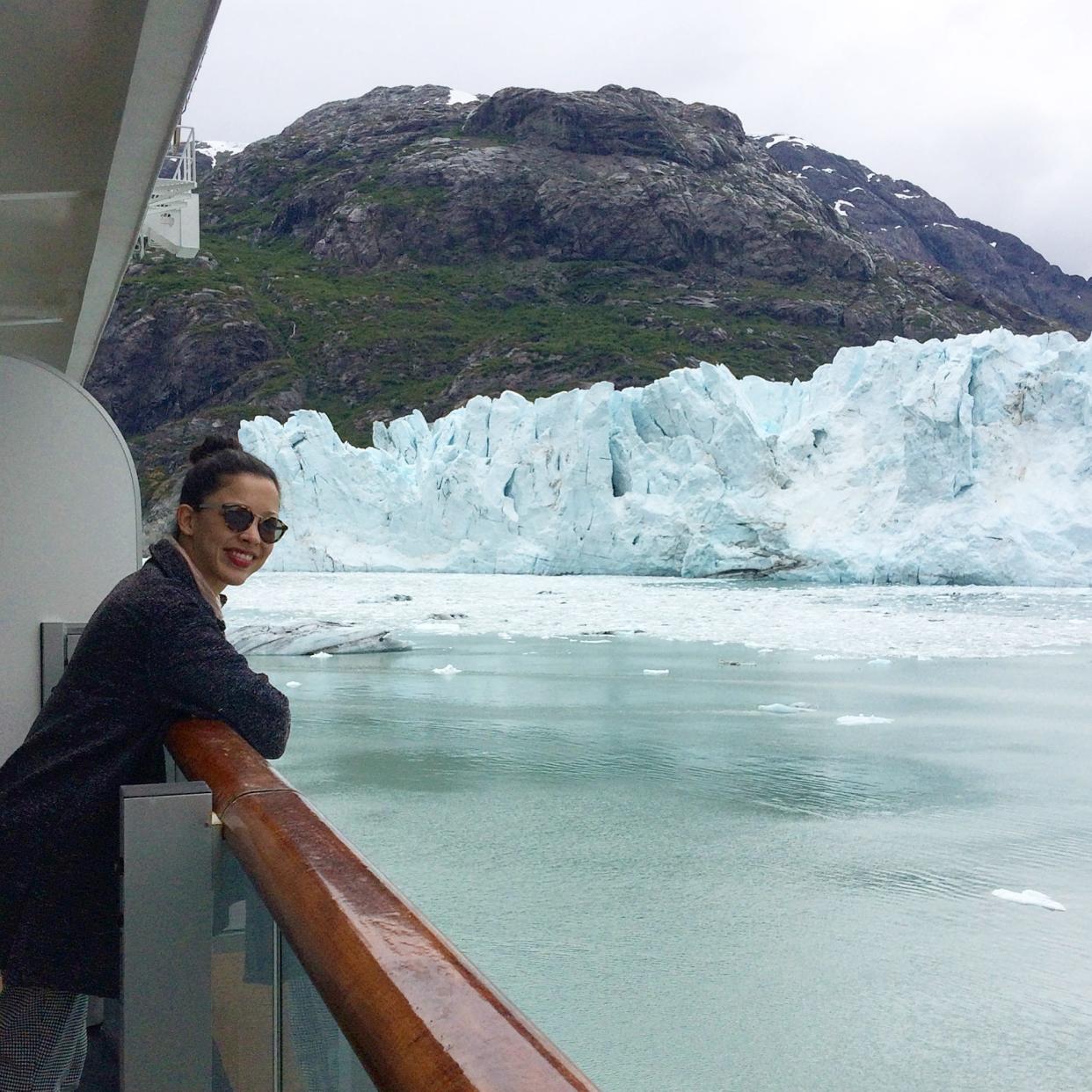Only 39% of Americans view national parks as accessible options. There's a simple fix.
Kelly Dawson can't walk for long periods of time, but cerebral palsy doesn't stop her from adventuring through America’s national parks. She just has to get creative.
She’s seen the sweeping vistas of the Grand Canyon’s rims and has done short walks through the massive cacti at Saguaro National Park. One of her favorite experiences was exploring the plethora of wildlife in the Everglades by airboat, which was easy for her to get on and off.
“The difference between what a disabled person wants to see and what a non-disabled person wants to see is very small; it’s just how we go about it,” Dawson, a writer and disability advocate based in Los Angeles, told USA TODAY.
One in four U.S. adults has some form of disability, according to the Centers for Disease Control and Prevention. For those with disabilities, exploring the nation’s most stunning natural landscapes via its more than 400 national parks can seem daunting and inaccessible.
According to the recently published Outdoor Recreation Consumer Study by technology consulting firm Booz Allen Hamilton, only 39% of the 3,000 surveyed Americans view national parks as an accessible travel option for any level of ability or disability. The focal point of the survey, according to Will Healy, senior vice president at Booz Allen, was "to know the extent of the of the situation that's currently out there today.”
Dawson can see why. “I think a lot of it comes down to perception,” she said. “I think when people think of wide-open spaces and the beautiful opportunities of national parks, they’re thinking along the lines of hiking and camping and whitewater rafting – things that are very adventurous, very physical and very outside of everyday life.”
This is where technology comes in, to help break down barriers for park goers with disabilities, the survey said. From crowdsourced insights to specific details, making park information more easily accessible online can empower more people to explore the parks in ways that suit their individual needs.

National parks are for all of us: What national parks can do to make the outdoors more accessible to people with disabilities
The outdoors is for everyone
“Getting outside to your local park, going camping, going backpacking, like there's all these different levels of adventure, and everybody wants it, and everybody needs it,” said Healy. “Being able to make that available to more people, it's just a good thing overall. It's a good thing for our community. It's a good thing for our country. It's a good thing for the individual.”
Making the national parks inclusive is not entirely new, and the National Park Service has stated a commitment to “ensuring people with disabilities have equal opportunity to benefit from our facilities, programs, services, and activities whether they are indoors or outdoors,” according to the NPS website. Every park in the park service has permanent accessibility coordinators.
The National Park Access Pass offers free lifetime entry for U.S. citizens with a permanent disability. There’s also an interactive map that shows accessible features of different park sites, such as tactile models in visitor centers, ramps to restrooms and if a building is noisy.
“From the beginning, the national parks were intended for all Americans and as many Americans as possible to visit,” Dawson added.
Closing the gap with technology
Although accessibility at the parks is headed in the right direction, there’s still a long way to go. In the survey, 84% of respondents said that technology can lead to a more accessible park experience for everyone, including increasing awareness of wheelchair-accessible areas, crowdsourcing on individual experiences and allowing feedback that can lead to park improvements.
These details could make a difference, with almost half of survey respondents saying they’d be “more likely” to visit a national park if they knew more about its accessibility levels.
“I know accessibility is not one size fits all,” Dawson said. “What’s easy might not be easy, what’s deemed as difficult might be more accessible to me than what meets the eye.”
When she plans her trips to national parks, Dawson starts by researching the must-do attractions and sees how she can best access them. She looks for shorter hikes, hikes with places to rest or other ways to explore the park that don’t involve walking long distances, such as driving.
Since disabilities vary from person to person, it can be difficult to know how a trail or campsite will meet someone’s needs, even if it is considered ADA-accessible. Some travelers may need low-sensory, quieter campsites, and that information isn’t always readily available.
Travelers currently need to do an extra leg of research on their own to check each individual campsite, like by reading visitor reviews. “The way I've described it is like if you walked into the library and you wanted to find a book, but you didn't have any guidance whatsoever, you'd have to look through every single book, right?” Healy said.
Crowdsourcing from visitor reviews can help relieve the burden, with 40% of respondents saying they look for accessibility information through these reviews. Booz Allen hopes for the creation of a digital platform that consolidates this information would make it easier for travelers with specific needs. “What we want to do is we want to make people's experience more findable and then more helpful when you're trying to make decisions,” Healy said.
This article originally appeared on USA TODAY: How technology can make national parks even more accessible





